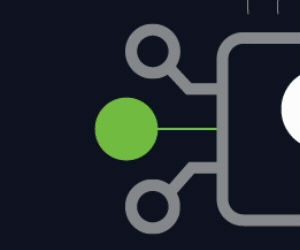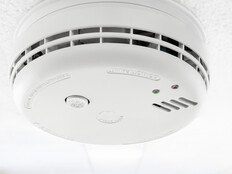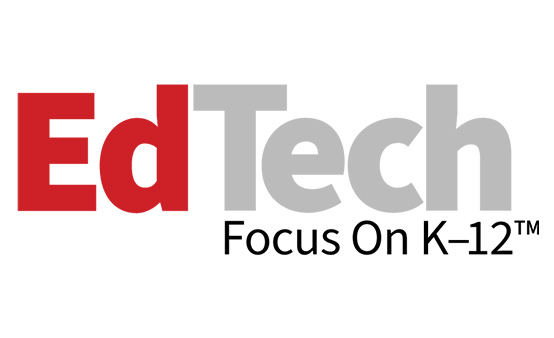Strategic Security Upgrades Keep K–12 Education Environments Safe
Today’s security solutions have advanced traits, such as automation and customization features, that allow K–12 IT professionals to fine-tune the tech to meet their precise needs (read “Review: Cortex XSOAR Protects Against Common Threats in K–12”).
Increasingly sophisticated automation capabilities, in particular, are vital for schools. Between student and staff devices, there are thousands of endpoints in a school ecosystem. IT leaders can’t monitor every one of them on their own.
Instead, endpoint detection and response technologies make cyberthreats like phishing manageable for K–12 IT teams (read “Endpoint Security Solutions Protect K–12 Schools Against Phishing Threats”). “If you open that email with the malicious file attached, EDR is going to catch it,” says Scott Werfal, technology services director at Wisconsin’s Appleton Area School District. “It will instantly flag it, notify our security team and shut your computer down so the file can’t do anything.”
Physical security also increasingly relies on automation, as schools build advanced safety strategies with the help of IT professionals (read “Q&A: CISA Safety Expert Dissects the Connections Between K–12 Physical Security and Cybersecurity”). To minimize complexity, schools can invest in solutions that offer centralized management of technologies such as surveillance cameras, air quality sensors and access control (read “Physical Security in Schools Requires a Holistic Strategy”).
WATCH NOW: Camera upgrades bring physical safety into focus at Mt. Diablo.
Of course, schools need to have a plan in case they do face a cybersecurity or physical security incident. An up-to-date incident response plan ensures K–12 teams can be proactive when it matters most (read “Incident Response Helps Schools Quickly Recover from Cyberattacks”). “Trust the process, because we put the process in place for a reason,” says Brandon Gabel, IT director at Agua Fria Union High School District in Arizona.











